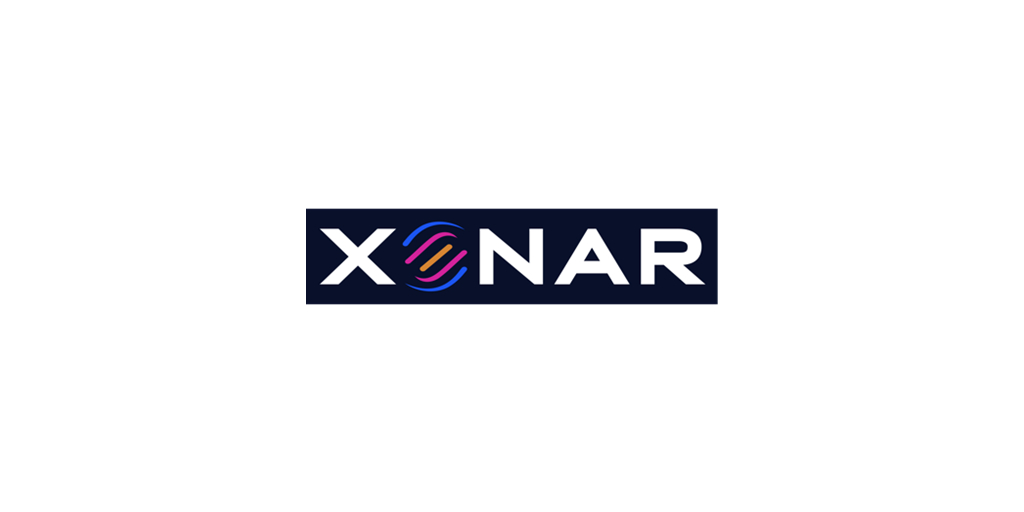New Research from athenahealth Shows Patient Digital Engagement Tools Deliver Clear Benefits for Practices and Patients, but Adoption Remains Inconsistent
Nikki D’Addario
ndaddario@athenahealth.com
athenahealth, a leading provider of network-enabled software and services for medical groups and health systems nationwide, today announced findings from new research using deidentified data from more than 6,300 practices and over 50 million patients that shows healthcare practices with higher patient digital engagement experience improved financial performance and see a reduction in time spent on after-hours documentation. The findings also indicate that despite the clear benefits of digital patient engagement, inconsistencies remain in how practices and patients alike leverage these tools, with notable differences across specialties and patient demographics.
This latest research comes from athenahealth’s proprietary Patient Digital Engagement Index (PDEI), an innovative tool to inform practices about their patient digital engagement. PDEI scores are calculated by looking at how practices are using online tools for activities such as patient scheduling, paying bills, and viewing test results. The research tracked and measured the digital engagement of practices on the athenaOne® network from 2021 to 2024. The network data was supplemented by a survey of 1,000 patients across the U.S.
Higher patient digital engagement correlates with improved financial performance and less after-hours work
Findings suggest that investing in patient digital engagement can have a positive impact on practice performance and clinician satisfaction.
“The success of our practice depends on delivering superior healthcare to our patients,” said Dr. Katherine Gregory, MD, MPH, San Francisco Gynecology and athenaOne customer. “Our ability to achieve this requires that our patients have access to their health information and are provided with the digital tools to communicate with our office, self-schedule, and complete relevant administrative work online so they can maximize their time with their clinician. This is a win-win for clinicians and patients. When patients feel connected and involved in their healthcare, their overall experience improves significantly. Not only does it help patients feel informed and empowered, but it also saves our practice an incredible amount of time that we can then dedicate to patient care. Ultimately, investing in patient experience translates into better health outcomes and a more efficient practice.”
Likewise, the athenaOne network data reveals that higher rates of digital engagement correlate to improved financial performance for practices. Findings show:
- Patient use of digital tools to pay bills, view statements and bills, and perform other financial tasks have had the highest rate of overall growth among patient digital engagement activities for practices between 2021-2024.
- Higher PDEI scores correlate with higher patient pay yields for practices, meaning these practices collect a higher portion of the patient responsibility from their patients and therefore write off less. A one-point increase in PDEI was found to be associated with a one-point increase in the proportion of total patient charges paid within one year.
“As the healthcare industry continues to adapt to meet increasing patient expectations and demands, patient digital engagement tools have shifted from a nice to have, to a must have for clinicians and practices,” said Paul Brient, chief product officer at athenahealth. “The PDEI is a novel tool we provide to our customers so that they can actively measure and track their patients’ digital engagement to ensure they are delivering the experience their patients are seeking in today’s (and tomorrow’s) healthcare environment.”
Access to digital tools is important to patients
Findings from the patient survey confirmed that access to digital tools is important to patients, especially for test results and scheduling.
- A majority (75%) indicated that it is somewhat or very important for them to use digital tools to connect with the healthcare system.
- More than three out of four patients agreed that digital tools simplify their interactions with the healthcare system.
- Patients are most interested in using digital tools to receive test results (73%), get appointment reminders (72%), and schedule appointments (67%).
Network data reveals that patient digital activity varies across demographics
-
Race, gender, and age significantly impact digital engagement:
- White and Asian patients across the network have the highest percent of their digital activity occurring online, while Black and Latino patients have the lowest.
- Millennials are the most engaged of any generation, with an average of 22% of all their healthcare activity occurring online in 2023.
- Women are significantly more engaged with healthcare digitally (20.5 %) than male counterparts (17.8%).
-
Where a patient lives can impact usage of digital tools:
- Clinics in a rural zip code have significantly lower use of digital tools (PDEI 9.8) compared with those in suburban or urban areas (PDEI 13.6).
-
The size and type of practice impact digital engagement:
- As the size of a practice increases, the median PDEI score also rises.
- Federally Qualified Healthcare Centers (FQHCs) have shown the fastest improvement in patient digital engagement scores over time compared to other types of organizations.
- Among specialties, women’s health and behavioral health have the highest patient digital engagement scores.
Some research findings warrant further investigation
Initial findings revealed that clinicians working for practice with higher PDEI scores spend, on average, a lower proportion of their documentation time (aka “pajama time”) after hours. This finding runs counter to a common perception that higher patient digital engagement – and rising patient expectations more generally – could lead to more after-hours work for providers. The finding warrants further investigation to determine what mechanisms could be contributing to the correlation between higher PDEI and decreases in “pajama time” for the physicians in these practices. Over the next few months, the athenahealth Product and Research teams plan to investigate potential mechanisms, such as the impact of appointment reminders and self-check-in and also explore potential cross correlations with other variables.
To learn more about athenahealth’s Patient Digital Engagement Index research, review our key findings or download our comprehensive white paper, Patient Engagement in the Age of AI.
Research Methodology
The Patient Digital Engagement Index research included both quantitative and qualitative data from three different samples to ensure the most accurate data. The PDEI quantitative sample included clinical organizations that opted into research, were enrolled in athenaOne, were active between January 2021 and June 2024, and had valid PDEI measurements every month. The qualitative sample consisted of customer interviews to examine practice perspectives on patient digital engagement. This data was supplemented by a survey of 1,000 patients across the U.S., not restricted to athenahealth. Participant demographics were split evenly by gender, and had a varying distribution across race, age, and ethnic background.
About athenahealth, Inc.
athenahealth strives to cure complexity and simplify the practice of healthcare. Our innovative technology includes electronic health records, revenue cycle management, and patient engagement solutions that help healthcare providers, administrators, and practices eliminate friction for patients while getting paid efficiently. athenahealth partners with practices with purpose-built software backed by expertise to produce the insights needed to drive better clinical and financial outcomes. We’re inspired by our vision to create a thriving ecosystem that delivers accessible, high-quality, and sustainable healthcare for all. Learn more at athenahealth.com.
View source version on businesswire.com: https://www.businesswire.com/news/home/20250210109109/en/

 Business wire
Business wire 












Add Comment